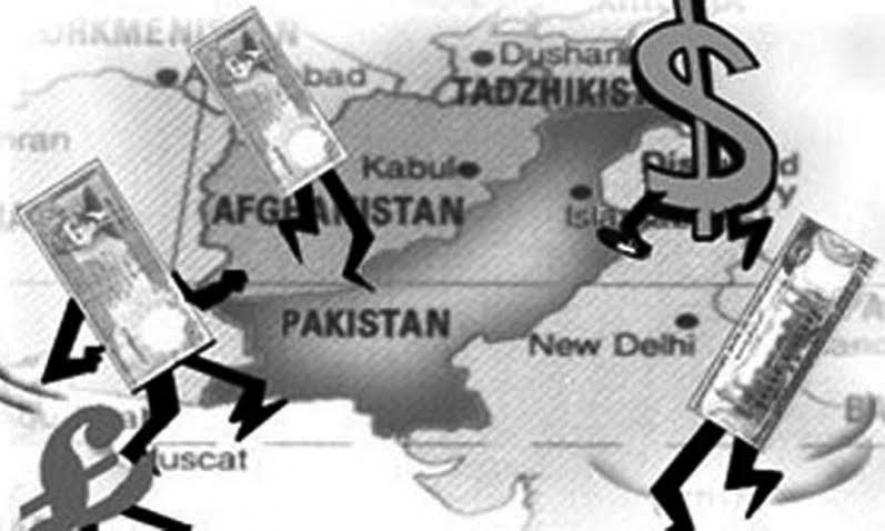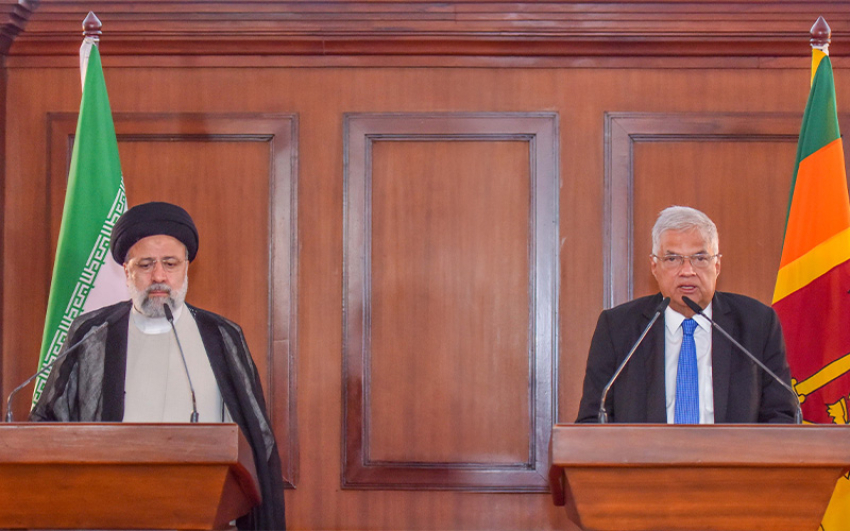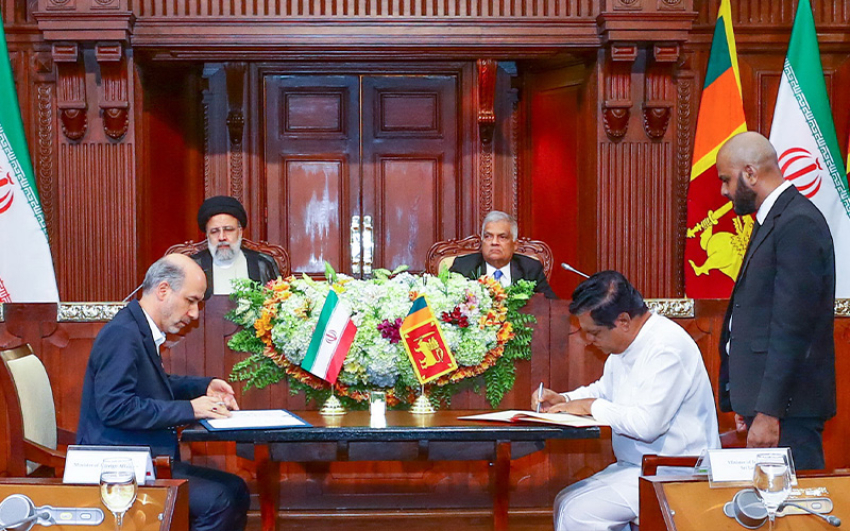According to data released by the SBP, remittances kept increasing each month with a substantial growth rate giving hope that the amount could hit a record $18bn during this fiscal year. The amount would be even bigger than the country’s foreign exchange reserves, which stood at $15.159bn during the week ending Jan 30, Dawn news reports said.
The International Monetary Fund (IMF) has recently shown its satisfaction with the external position of the country.
However, despite huge inflows and borrowing from the international markets, the country is still facing current account deficit which has been widely criticized by economists.
It was said that despite $2.632bn current account deficit, the IMF allowed the country to borrow more from the international market and pay the Fund back.
The country has been borrowing massively by selling eurobonds and sukuk (Islamic bonds).
According to the SBP, the inflow of remittances was equally increasing from most of the sources, particularly from the Middle East. The highest amount is coming from overseas Pakistanis in Saudi Arabia.
During January 2015, the inflow of workers’ remittances amounted to $1.377bn, 13pc lower than December 2014, but 10pc higher than January 2014.
The remittances in December, at $1.583bn, were 20pc higher than November and 14.3pc higher than December 2013.
The government, which is trying to give a fresh impetus to the country’s exports, unveiled a five-year textile policy on Monday, but analysts said the situation could hardly improve as measures suggested in the policy were not new.
The main reason for current account deficit was increasing trade deficit which surged by 34pc year-on-year in the first six months of this fiscal year.
The trade gap in terms of the US dollar rose to $12.3bn which negated the positive impact of increased remittances.




















